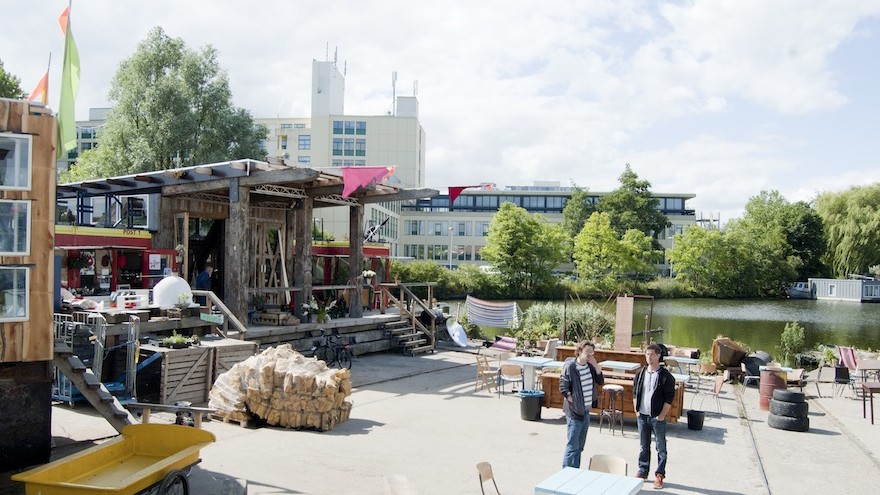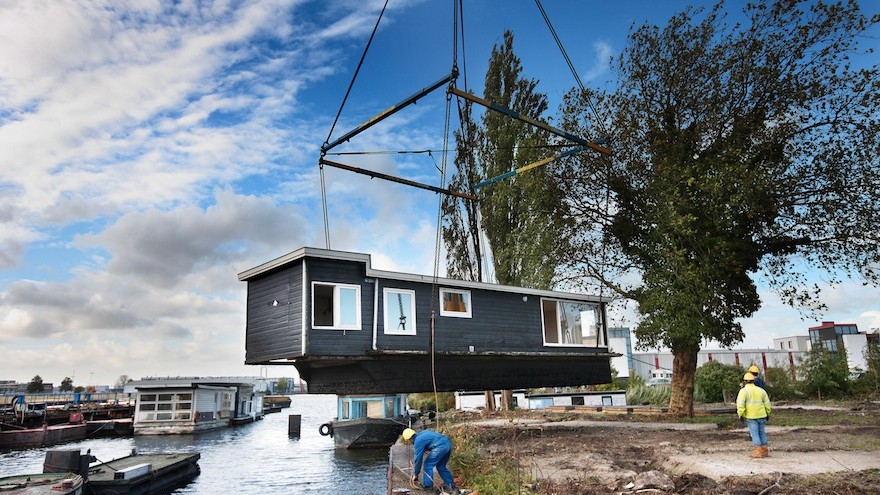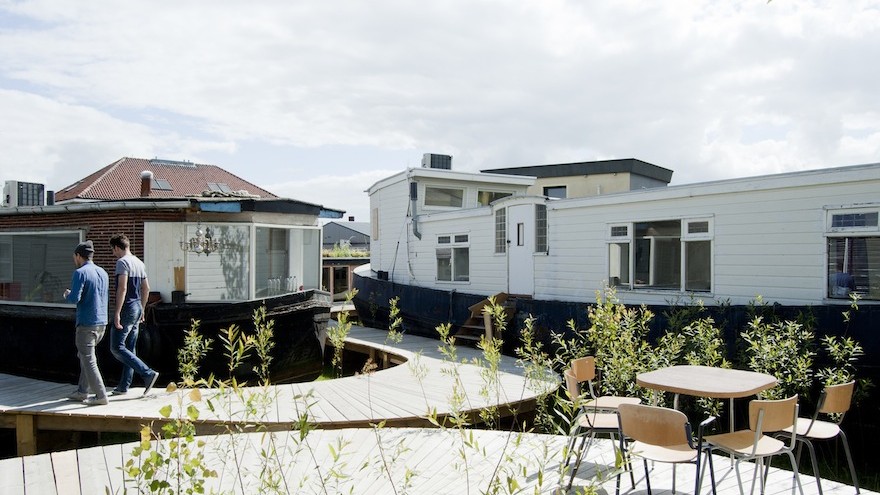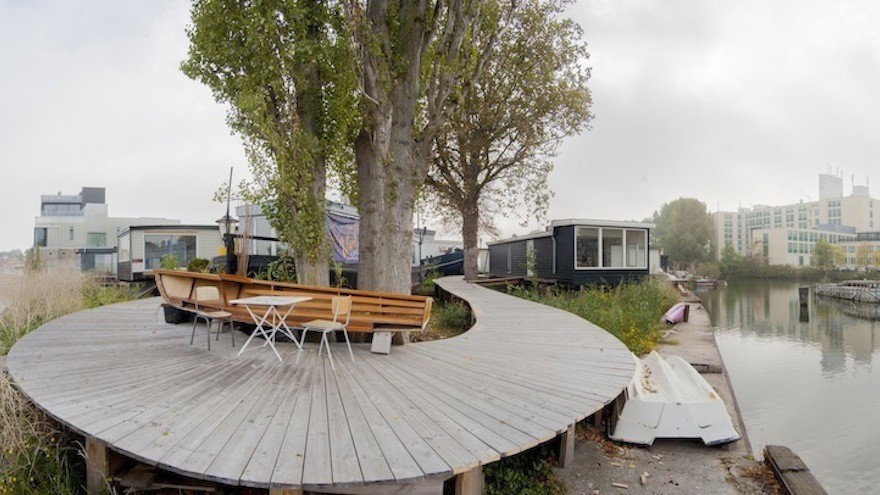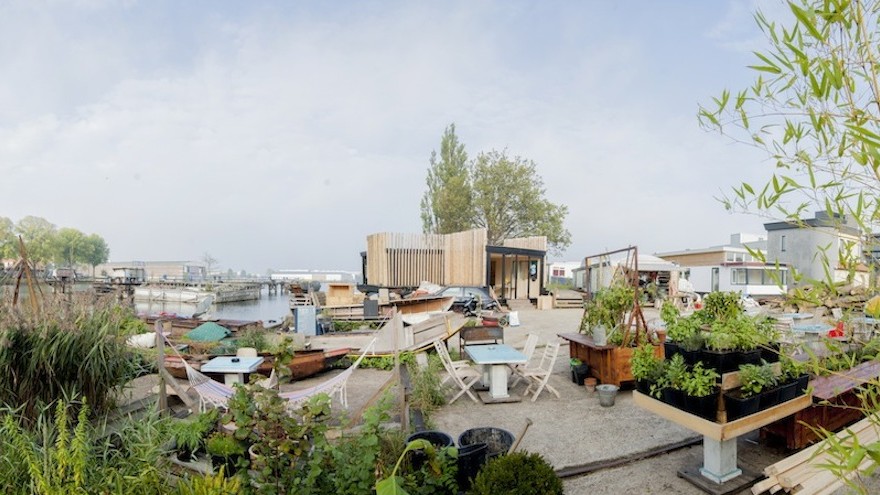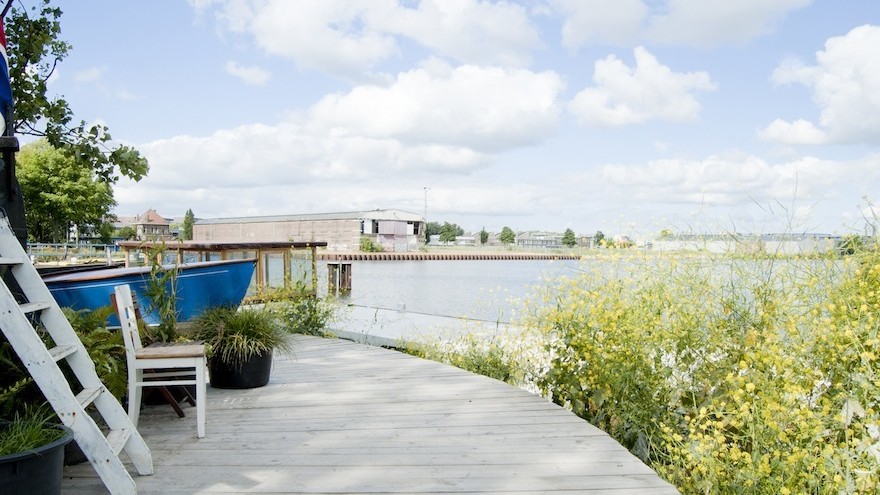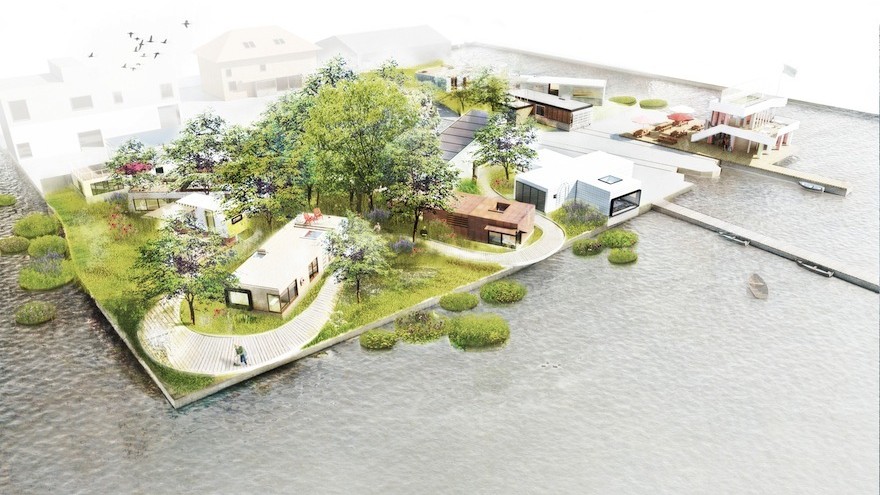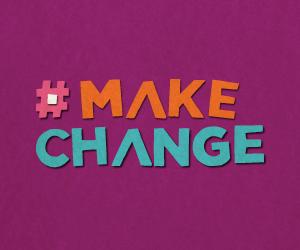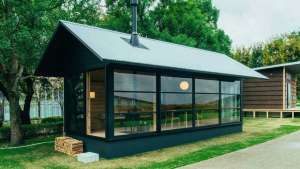Part of the Project
From the Series
This was the brief: design a plan to redevelop a disused shipyard in Amsterdam’s north. Sounds easy enough, except for two catches: the ground is contaminated and the site is only available for temporary use – 10 years to be precise (10 years is considered temporary for such projects in the Netherlands). Oh, and the submission deadline is one month, including a list of potential tenants.
This tough competition initiated by the municipality of Amsterdam North – or Noord as it’s affectionately known – set the bar very high, which explains why only two brave teams participated. Noord’s disused industrial buildings and cheaper rents are fast attracting creative types and hospitality entrepreneurs, making it the city’s hippest up-and-coming district.
The challenge was too good to refuse for an Amsterdam-based architecture practice called space & matter. They formed a multidisciplinary team made up of architects, a landscape architect and a sustainability consultant and submitted an urban plan to transform the 5000 sqm industrial site into a thriving “Green Cape”. It would comprise a creative, self-sustaining community focussed on social enterprise and be powered by experimental clean technologies.
Renovated old houseboats would be moored to land to become ateliers and a landscape of purifying plants would decontaminate the soil in a process called phytoremediation.
The team won with this innovative concept and have been working at full steam since 2012 to get the project off the ground. It’s now called De Ceuvel after the shipyard’s name, Ceuvel Volharding. Along the way, De Ceuvel has become a real destination for Amsterdammers. The neglected neighbourbood received a positive boost as it’s attracting more visitors and new residents, the tenants have formed a collaborative community and the project has gathered a slew of awards. The area has hosted countless visitors including government ministers and the government architect.
“The magical quality of the site first triggered us to enter the competition,” says De Ceuvel co-initiator and architect Sascha Glasl from space & matter. “It has a beautiful waterside location. It was very green, close to Central Station – it really made a big impact on us. And this very difficult brief: that really attracted me!” Glasl says with a hearty laugh.
Visitors arrive at De Ceuvel via a somewhat shabby lane occupied by car mechanics and creative studios. The site is surrounded by canals on three sides. A main square with a cafe – the largest structure and only non-houseboat fashioned from salvaged timber piles and an emergency services cabin – forms the hub of the community. Dotted throughout are the 16 grounded houseboats that have been transplanted from water to land. It's a unique sight, even for Dutch standards. They are connected by a meandering boardwalk that loops through the site and along the water.
The tenants – or Ceuvelaars – comprise an incredibly broad group of creative and social entrepreneurs working in design, (landscape) architecture, art, theatre, media, film, advertising, strategy, innovation and clean technology. There’s even a vegan seaweed burger company.
Currently in winter hibernation, the garden designed by Delva Landscape Architects is integrated into the whole site. “It almost simulates a water surface,” says Glasl. “When the plants are growing, it looks like the boats are floating in a green lake.” The various grasses, Indian mustard, alfalfa, dandelion, fireweed and foxglove mitigate pollutants in the soil. In summer, De Ceuvel became an oasis of green, full of visitors attending events and festivals.
The temporality of the project defined the concept, along with a minuscule budget and proximity to water.
The fact that we couldn’t build permanently made us search for readymade, mobile architectural systems that we could reuse and renovate, Glasl explains.
“Our strategy was to place a lightweight jetty on land, and use a passive way to clean the soil, which is normally excavated and disposed of offsite.”
The team were resourceful with materials and their tight budget. The houseboats were acquired very cheaply, some for a token amount of €1, and retrofitted by volunteers that included the future tenants themselves. Contrary to the image of abundant water in the Netherlands, there’s a shortage of waterways for storing old houseboats, so some people grabbed the chance to offload unwanted boats. To evade strict building regulations (boats on land are considered regular domestic constructions), the boats were first renovated on water (where fewer restrictions apply) at a nearby shipyard and then towed and lifted by crane onto land.
The houseboats look as if they’ve always been here, recalling the heritage of the old shipyard.
“They’re very site specific and really belong to Amsterdam and the Netherlands. But there are reasons why we got them cheap!” Glasl laughs. “Not all were structurally sound and some roofs leaked. But we greatly improved them by insulating and repairing them and making them sustainable in an experimental way for very little money.”
Some are clad with new materials including timber or reclaimed metal shelves, and space & matter’s own boat is joined from two boats into an x-shape.
As a community, everyone is responsible for the work that needs to happen at De Ceuvel. “I’ve learned that this project will never be finished! But in the end, it’s not about using houseboats.
We want to stimulate people to find and reuse resources in their local environment and context. Houseboats are not normally considered a resource, but because there’s not enough water for storage, why not reuse them on land?
Complementing the boats is the boardwalk that has become a lively social space. This physical separation means the ground is not trodden upon, leaving the plants alone to do their magic. Ropes swing from branches of existing trees across the boardwalk and waterside benches made from reclaimed boats provide picturesque viewing spots. “Everyone has to walk along the jetty so they really bump into each other. There’s also a lot of visual contact – both on the jetty and you can look into the boats. In a way, it’s more social here than when everyone shares a building with walls and you don’t know who’s working next door.”
The boardwalk also cleverly conceals infrastructure for drinking water and electricity. Solar panels are installed on each boat, supplemented by grid electricity.
Toilets are of the composting kind (there’s no sewage connection except for the cafe) and sink runoff is treated with bio filters.
These features form part of Metabolic’s Cleantech Playground concept for De Ceuvel – the sustainability consultancy is also based here – which further includes plans to ferment biomass on site to create biogas for energy and food production.
“I hope De Ceuvel can show that projects don’t have to be perfectly finished in order to create a magical space. And that sustainability doesn’t need to be expensive. People have called this a realised utopia – that’s partly true as we had very high goals but had very little money and few resources,” says Glasl. The group hopes that its experimental approach will inspire others.
The area is currently zoned as traffic space and is set to become a bicycle connection route once the site is returned to the municipality. “I hope we can convince the municipality to integrate De Ceuvel as a park along this route. So hopefully, they’ll decide not to get rid of De Ceuvel and we can stay!” Fingers crossed that happens as, no doubt, Amsterdamers won’t want to let go of this little utopian pocket of their city.
Jeanne Tan is an architecture, design and travel journalist who works from a design collective atelier in Amsterdam.

